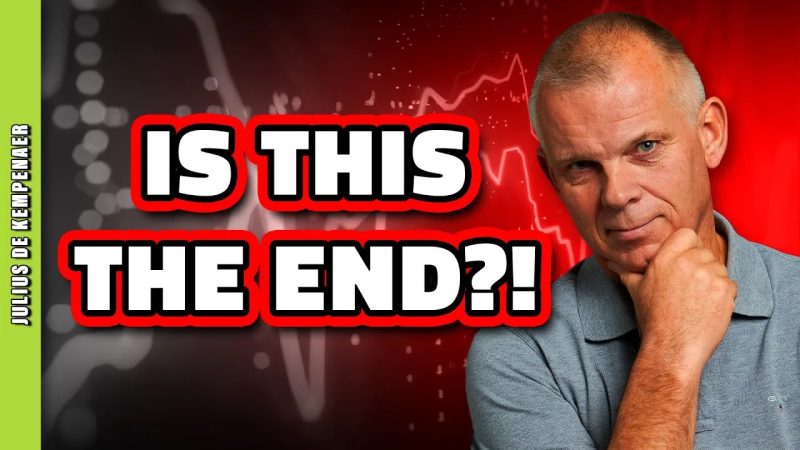Stock Outperformance Trends: Are the Good Times Coming to an End?
The recent years have presented investors with a lucrative opportunity in the stock market as various stocks have outperformed expectations, leading to impressive returns for many. However, as with any market trend, there comes a point where the momentum begins to slow down or even shift in the opposite direction. This article will delve into the factors contributing to the stock outperformance trend and examine why it might be reaching its peak.
One of the key drivers of the stock outperformance trend has been the strong economic growth experienced by many countries in recent years. Robust economic fundamentals, such as rising GDP, low unemployment rates, and high consumer confidence, have provided a favorable environment for stocks to thrive. As a result, many companies have reported record-breaking profits, leading to an increase in stock prices and outperformance relative to other asset classes.
Moreover, the low-interest-rate environment that has prevailed in recent years has also played a significant role in driving stock outperformance. With central banks keeping interest rates at historic lows to stimulate economic growth, investors have been incentivized to seek higher returns in the stock market. This influx of capital has further fueled the rally in stock prices, pushing many stocks to new highs.
Additionally, technological advancements and innovation have been driving forces behind the stock outperformance trend. Companies in sectors such as technology, biotech, and e-commerce have experienced exponential growth, attracting investors seeking exposure to high-growth industries. The disruptive nature of these companies has led to substantial gains in their stock prices, contributing to the overall outperformance of the market.
However, despite these favorable conditions, there are signs that the stock outperformance trend may be losing steam. One of the concerns is the potential for an economic slowdown as global growth moderates and geopolitical tensions escalate. A slowdown in economic growth could dampen corporate profits, leading to lower stock prices and decreased outperformance compared to other asset classes.
Furthermore, the looming threat of inflation poses a risk to the stock market’s outperformance. As inflationary pressures build, central banks may be forced to raise interest rates to control rising prices. This could lead to a shift in investor sentiment as higher interest rates make stocks less attractive relative to fixed-income assets. Moreover, rising inflation erodes the purchasing power of consumers, potentially impacting corporate earnings and stock prices.
Another factor that could halt the stock outperformance trend is the increasing regulatory scrutiny faced by some of the largest companies in the world. Tech giants like Facebook, Google, and Amazon have come under scrutiny for their market dominance and data privacy issues. Heightened regulatory oversight could hinder the growth prospects of these companies, impacting their stock prices and overall market performance.
In conclusion, while the stock outperformance trend has been a profitable opportunity for investors in recent years, there are mounting risks that could signal the end of this favorable market environment. Economic headwinds, inflationary pressures, and regulatory challenges are among the factors that could potentially derail the stock market rally. As a result, investors should exercise caution and diversify their portfolios to mitigate risks as they navigate the evolving market landscape.

